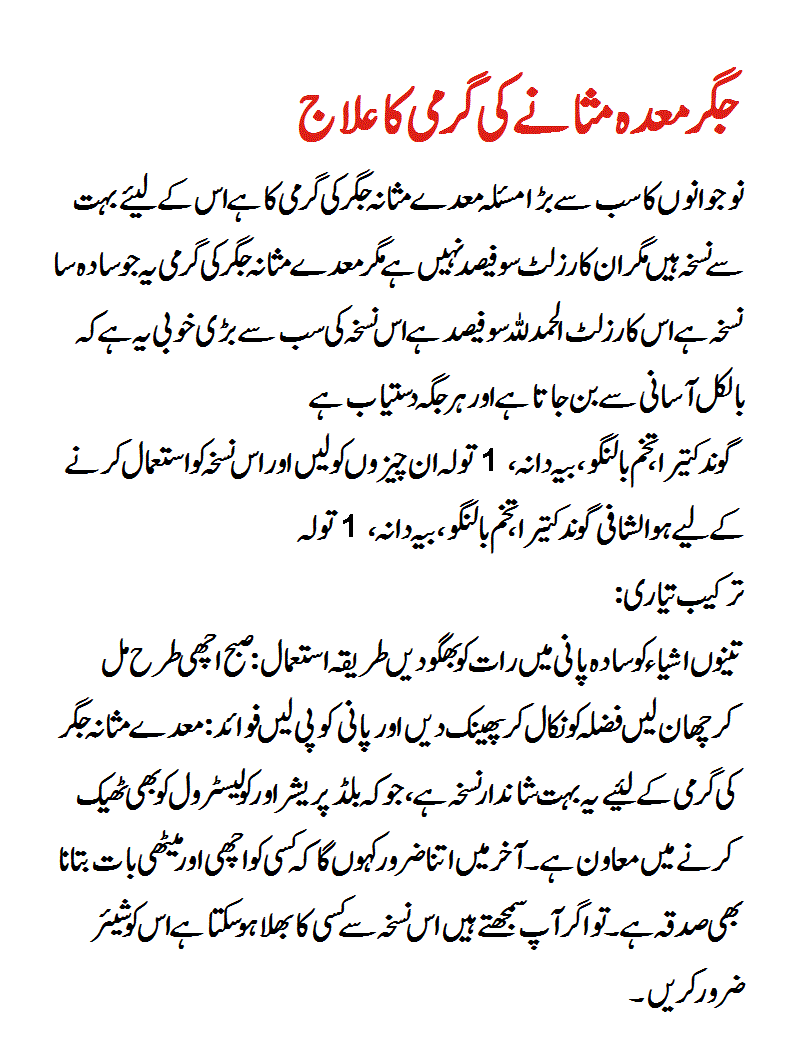The pattern of disharmony between the liver and stomach is widely observed in patients with digestive diseases, such as gastroesophageal reflux disease, chronic gastritis, and functional dyspepsia, etc.
In order to gain a full and systematic understanding of this pattern, we reviewed the functions and physiological characteristics of the liver and stomach and the liver–stomach relationship. In this review, we discuss the pathogenesis and identification of the pattern, as well as the commonly used classical formulas for its treatment, including Left Metal Pill (Zuojin Wan) and Bupleurum Liver-Soothing Powder (Chaihu Shugan San).
Besides, we provide two examples of clinical modifications of these formulas in the treatment of chronic gastritis and gastroesophageal reflux disease in this article.
It should be noted that in clinical practice, these formulas should be used flexibly, and modified in accordance to the specific condition of the patient.
